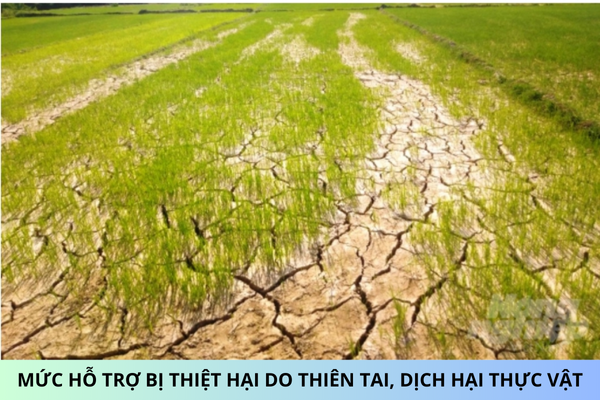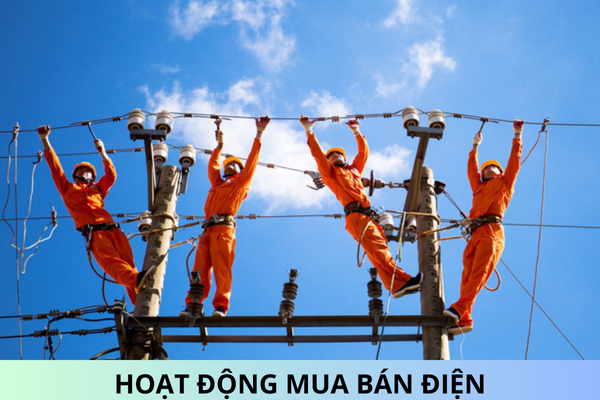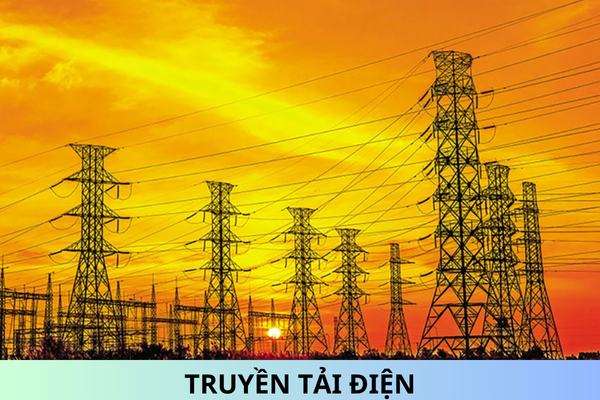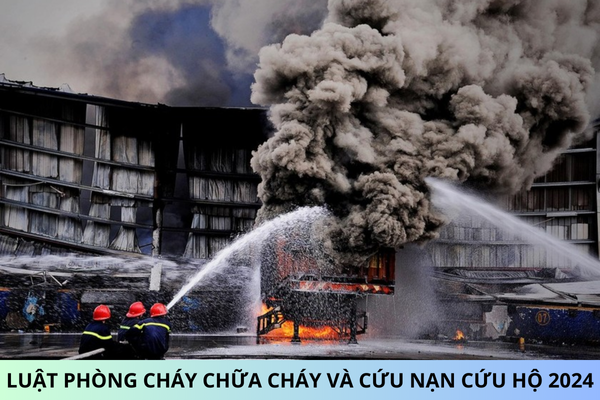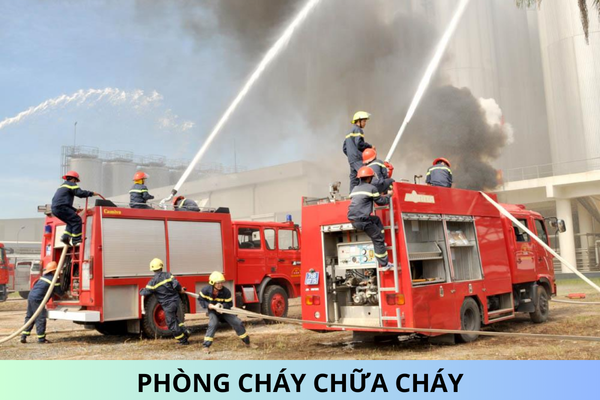What is deep-freeze weather? Does the national hydrometeorological forecast and warning system have options to forecast and warn of deep-freeze weather in Vietnam?
What is deep-freeze weather? Does the national hydrometeorological forecast and warning system have options to forecast and warn of deep-freeze weather in Vietnam? - Question from Ha Lan (Quang Tri).
What is deep-freeze weather?
Pursuant to Article 3 of the Circular 25/2022/TT-BTNMT (effective from 15/03/2023) stipulating definition of deep-freeze weather as follows:
Definition
In this Circular, the following terms are construed as follows:
1. Dangerous hydro-meteorological phenomenon is an abnormal state and changes of weather, hydrological and hydrological factors, which can cause damage to people and properties, affecting the environment and living conditions, infrastructure and socio-economic activities.
2. Forecast and warning plan means a specific way to analyze, calculate, forecast and warn of hydro-meteorological factors or phenomena at a location or area.
3. Supplementing a forecast bulletin means an increase in the number of forecast bulletins compared to regulations in order to adjust and correct the content of the bulletin on the basis of the latest information in order to respond promptly and ensure reliability. of forecast.
4. Forecasting quality assessment means activities aimed at determining the completeness and timeliness of the forecast bulletin and the reliability of forecasted factors and phenomena.
5. Cold air is a dangerous weather phenomenon due to the cold air mass from the North penetrating into our country, the existing wind system in the North has changed fundamentally to become a wind system with a northerly direction. and pressure increases.
6. Deep-freeze is a special type of weather that occurs in winter when the average daily air temperature drops below 15 degrees Celsius.
7. Frost is a phenomenon when water vapor rises, meets cold air at the surface, and condenses into tiny ice particles.
8. Thunderstorm is a weather phenomenon when there is an electrical discharge of the cloud, manifested by lightning or thunder. Thunderstorms often appear in convective clouds (Clouds Cb) and are accompanied by rain, showers, hail, and strong gusts of wind.
9. High tide is the phenomenon of high tide in the area that exceeds the warning mark of the tidal water level in the area. High tides will cause flooding in low-lying and low-lying coastal areas, estuaries, and areas outside the dike, increasing the risk of landslides, dyke breakage and saltwater intrusion, especially in the case of combined with rising water and High waves caused by storms, tropical depressions and strong monsoons affect the area.
Thus, deep-freeze is a special type of weather that occurs in winter when the average daily air temperature drops below 15 degrees Celsius.
Does the national hydrometeorological forecast and warning system have options to forecast and warn of deep-freeze weather in Vietnam?
Pursuant to Article 17 of the Circular 25/2022/TT-BTNMT (effective from 15/03/2023) stipulating options to forecast and warn of deep-freeze weather of the national hydrometeorological forecast and warning system as follows:
Technical process for forecasting and warning cold air and deep-freeze, harmful cold, frost, hoarfrost
1. Collecting and processing all kinds of information and data
a) Data on weather patterns with cold air influences on weather maps;
b) Surface meteorological and hydrographic monitoring data when cold air affects our country;
c) Cold air forecast data through numerical products;
d) Satellite monitoring data, radar, air reconnaissance.
2. Analysis and assessment of the current situation
a) Evaluate and analyze collected data to identify weather patterns with cold air influence, weather patterns that make cold air stronger or weaker;
b) Determine the intensity of cold air through the element of lowest temperature, strong wind at sea and the possibility of occurrence of cold air and deep-freeze, harmful cold, frost, hoarfrost;
c) Determining the extent of cold air and deep-freeze, harmful cold, frost, hoarfrost;
d) Determine cold air changes by cold air intensity and range of occurrence of cold air and deep-freeze, harmful cold, frost, hoarfrost in the previous 24 to 48 hours.
3. Implement forecasting and warning plans
a) Options used in forecasting and warning of cold air and deep-freeze, harmful cold, frost, hoarfrost in the national hydro-meteorological forecasting and warning system: The option is based on the method. statistical; the method is based on the numerical model method (single and combined); the plan for analyzing the forecaster's experience based on the results of statistical forecasting and numerical model forecasting; alternatives based on other methods (if any);
b) Based on specific conditions, organizations and individuals that are not part of the national hydro-meteorological forecasting and warning system shall themselves stipulate the appropriate use of forecasting and warning plans.
Therefore, the options used in forecasting and warning of deep-freeze in the national hydrometeorological forecast and warning system are as follows:
The plan is based on statistical methods;
The plan is based on the numerical model method (single and combined);
The plan to analyze the forecaster's experience based on the results of statistical forecasting and numerical model forecasting;
The plan is based on other methods (if any).
How often shall the bulletin on deep-freeze weather be issued in Vietnam?
Pursuant to Article 18 of the Circular 25/2022/TT-BTNMT (effective from 15/03/2023) stipulating frequency and time of issuance of bulletins on deep-freeze weather as follows:
Frequency and time of issuance of bulletins on cold air and deep-freeze, harmful cold, frost, hoarfrost
1. National hydrometeorological forecasting and warning system
a) Issue bulletins on forecasts and warnings of harmful cold and frost with the frequency and time specified in Clause 2, Article 25 of Decision No. 18/2021/QD-TTg;
b) Issue the first bulletin on forecast and warning of cold, freezing cold air when detecting the possibility of cold, freezing cold air appearing in the warning and forecast area; The next forecast and warning bulletins for cold air, cold air, and frost are issued every day 04 bulletins at: 03:30, 09:30, 15:30 and 21:30.
2. Organizations and individuals that are not part of the national hydro-meteorological forecasting and warning system are responsible for stipulating the frequency and time of issuing bulletins in accordance with actual requirements.
Based on the above regulations, there are 04 bulletins on forecasts and warnings on deep-freeze weather at: 03:30, 09:30, 15:30 and 21:30.
Best regards!
